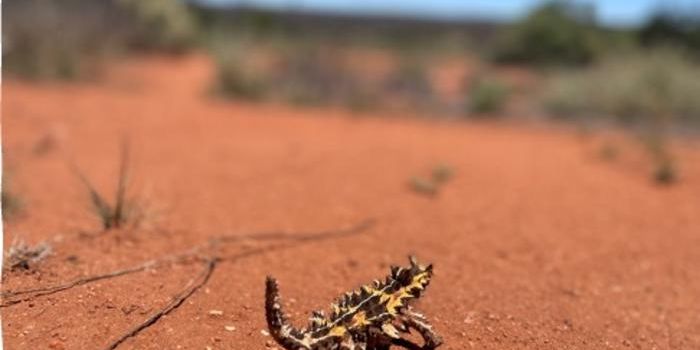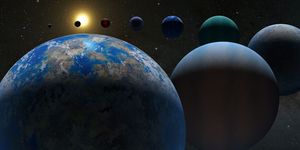New Details About Earth's First Mass Extinction Unveiled by Geobiologists
In a recent study published in the Proceedings of the National Academy of Sciences, a team of researchers led by Virginia Tech examine how Earth’s first known mass extinction of animals was potentially linked to a reduction in global oxygen levels, which occurred approximately 550 million years ago. This study holds the potential to help us better understand the evolution of life on ancient Earth, and possibly the future, as well. It’s important to note that this mass extinction led to the loss of about 80 percent of animals worldwide.
"This included the loss of many different types of animals, however those whose body plans and behaviors indicate that they relied on significant amounts of oxygen seem to have been hit particularly hard," said Dr. Scott Evans, who is a postdoctoral researcher in the Department of Geosciences at Virginia Tech, and lead author of the study. "This suggests that the extinction event was environmentally controlled, as are all other mass extinctions in the geologic record."
"Environmental changes, such as global warming and deoxygenation events, can lead to massive extinction of animals and profound disruption and reorganization of the ecosystem," said Dr. Shuhai Xiao, who is a professor in the Department of Geosciences at Virginia Tech, and a co-author on the study. "This has been demonstrated repeatedly in the study of Earth history, including this work on the first extinction documented in the fossil record. This study thus informs us about the long-term impact of current environmental changes on the biosphere."
Despite this groundbreaking study, the exact reasons and/or causes of the reduction in global oxygen levels if still being debated.
"The short answer to how this happened is we don't really know," said Dr. Evans. "It could be any number and combination of volcanic eruptions, tectonic plate motion, an asteroid impact, etc., but what we see is that the animals that go extinct seem to be responding to decreased global oxygen availability."
Sources: Proceedings of the National Academy of Sciences
As always, keep doing science & keep looking up!









